When survival gets tough, these 20 animals do the unthinkable—they sleep for months! From frozen frogs to clams that barely move for decades, these creatures have turned dormancy into a survival superpower. Whether it’s to escape freezing winters, scorching heat, or life-threatening droughts, each animal on this list has its mind-blowing way of hitting the snooze button on life. Get ready to be amazed by the ultimate sleep champions of the animal kingdom.
1. Wood Frog

The Wood frog survives freezing winters by essentially becoming a frog-shaped popsicle. Its body stops all non-essential functions, including breathing and heartbeat, while glucose in its blood prevents ice crystals from damaging its organs. For months, this amphibian appears lifeless, encased in ice. But come spring, it thaws out, hops away, and resumes its life as if its frozen ordeal was just another day at the office.
2. Arctic Ground Squirrel

Adobe
Arctic ground squirrels are true masters of hibernation, enduring up to eight months of deep sleep in their tundra habitats. During this time, their body temperature drops below freezing, their metabolism slows to a crawl, and their hearts beat only a few times per minute. This incredible ability is made possible by a unique blood protein that prevents ice from forming in their bodies, allowing them to survive what seems like a literal frozen death.
3. Convergent Ladybug

The Convergent Ladybug spends the winter months in hibernation, often gathering in large groups for warmth and protection. They can be found hiding in tree bark, rock crevices, or even inside homes. This communal hibernation helps them conserve energy and survive harsh temperatures. When spring arrives, they disperse to feast on aphids and restore balance to gardens and ecosystems.
4. Bumblebee Queens
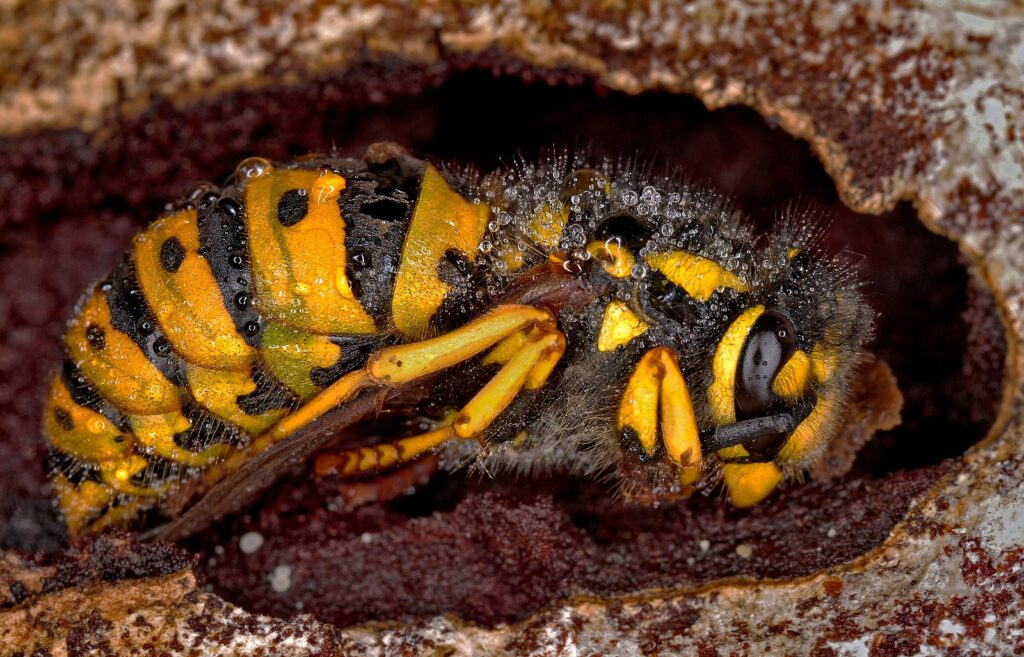
Bumblebee queens, particularly those of the common bumblebee, hibernate alone underground for up to nine months. After mating in late summer, they dig burrows and enter a dormant state, surviving on stored energy reserves. Once spring arrives, they emerge to establish new colonies, laying the foundation for the hive’s survival. It’s a long, lonely nap, but it ensures the next generation of busy bees.
5. Brown Bat

The Little Brown bat defies winter’s death grip by entering a state of suspended animation. As the cold sets in, this tiny creature seeks refuge in shadowy caves, its heart rate plunging from a rapid 200 beats per minute to a mere 8. In this eerie trance, it appears lifeless, surviving solely on stored fat reserves for months. Come spring, the bat miraculously awakens, resuming its nocturnal flights as if its frozen hiatus were just a fleeting nightmare.
6. Common Poorwill
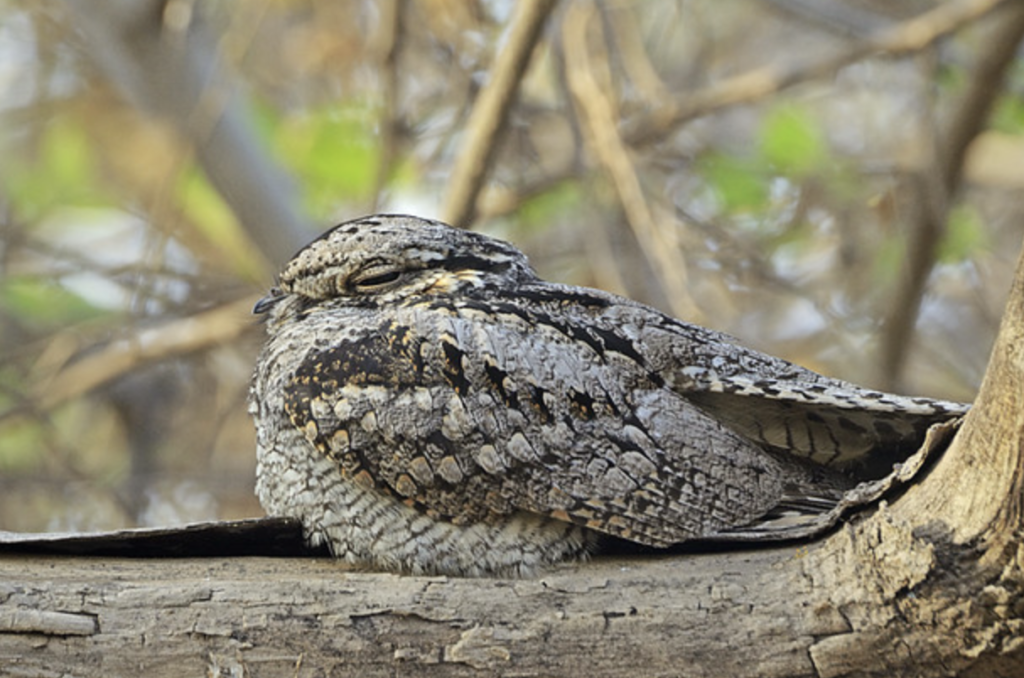
Flickr
The common poorwill is the only bird known to hibernate, a feat that sets it apart from the avian world. When food is scarce in winter, it enters a state of torpor, slowing its metabolism so dramatically it can survive for months without eating. Early settlers believed these birds turned to stone because of their eerie stillness. Come spring, the poorwill wakes up, stretches its wings, and resumes its nighttime insect hunts as if nothing happened.
7. Fat-Tailed Dwarf Lemur
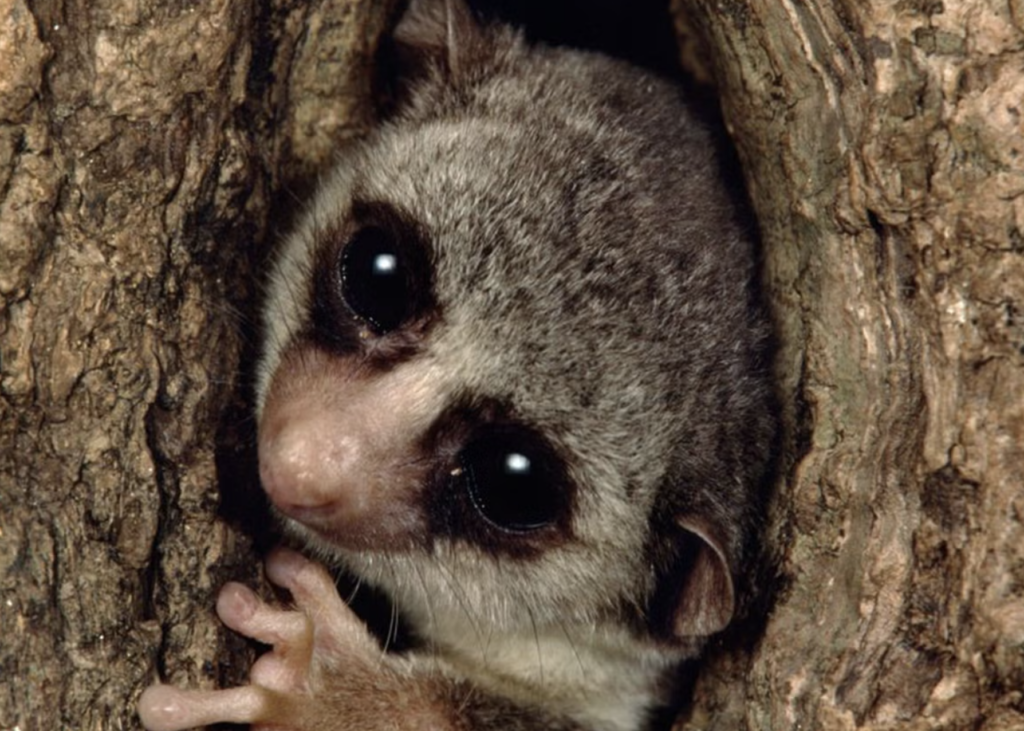
Alamy
The Fat-tailed Dwarf Lemur hibernates for up to seven months, relying on the fat stored in its tail to survive. During this dry-season slumber, the lemur curls up in a tree hollow, slowing its heart rate and conserving energy until food becomes plentiful again. This lemur is one of the only primates capable of true hibernation, making it a scientific marvel and a standout example of adaptation in the animal kingdom.
8. Garden Dormouse
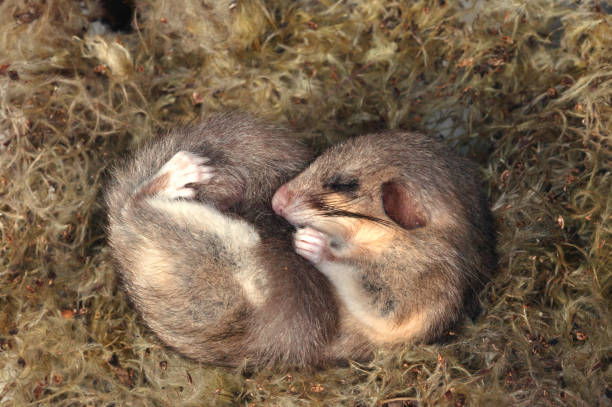
The garden dormouse spends up to seven months hibernating, building nests in hollow trees or burrows to stay safe from predators and the cold. It enters a deep state of torpor, lowering its body temperature and slowing its metabolism to survive on stored fat. When it finally wakes up, the dormouse embarks on a feeding frenzy to replenish its energy reserves. With its adorable looks and incredible survival skills, it’s a hibernation pro.
9. Desert Tortoise

The desert tortoise survives extreme climates by using two types of dormancy: hibernation in winter and estivation during summer droughts. Spending up to 90% of its life underground, it slows its metabolism to conserve energy and water during harsh conditions. These resilient reptiles burrow into the earth, emerging only when temperatures stabilize. With their dual survival strategies, desert tortoises are true masters of adapting to the desert’s extremes.
10. Brown Garden Snail

The Brown Garden snail takes dormancy to an extreme, hibernating or estivating for months—or even years! When faced with drought or freezing temperatures, they seal themselves in their shells with a layer of mucus, creating a protective barrier against the elements. This slow-motion survival tactic allows them to emerge unscathed when conditions improve, proving that patience is a virtue in the snail world.
11. African Lungfish
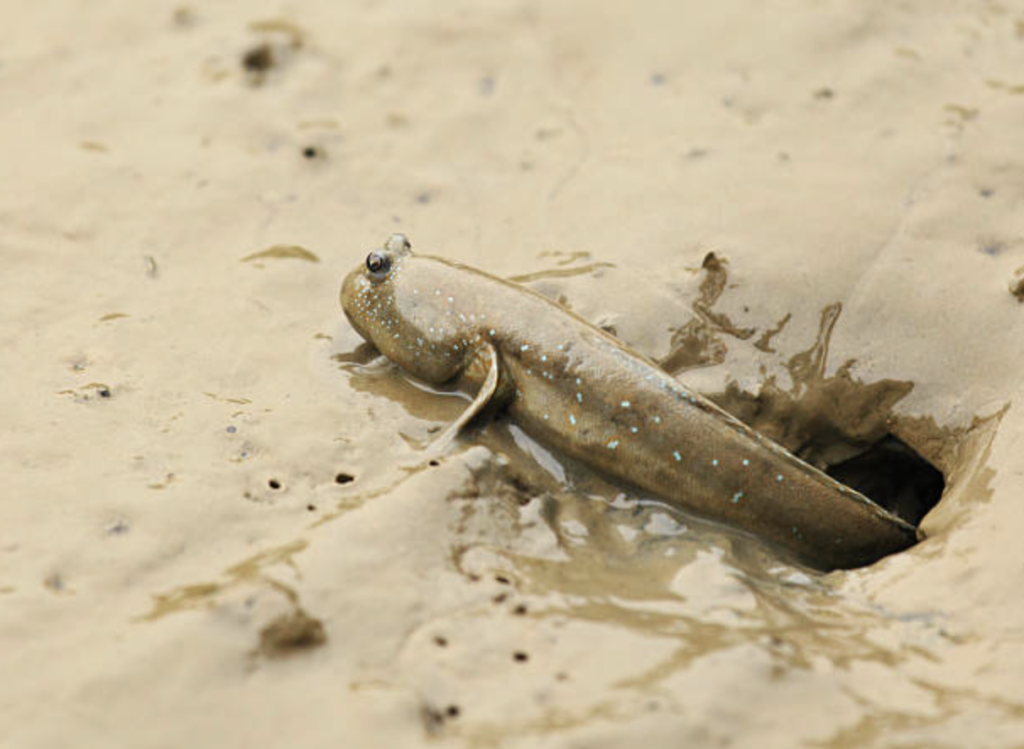
iStock
The African lungfish can survive droughts by hibernating for up to five years. These ancient fish burrow into mud, secreting a mucus cocoon that protects them while they remain in a state of suspended animation. During this time, they rely on their lungs to breathe small amounts of air. When the rains return, they shed their cocoon and swim off as if nothing happened—perfectly adapted to Africa’s unpredictable water cycles.
12. Eastern Box Turtle
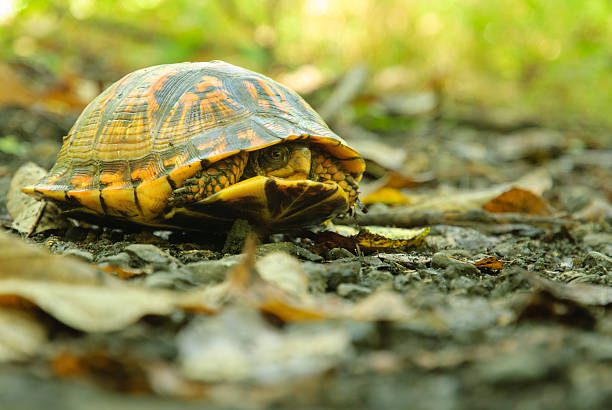
The Eastern Box turtle hibernates by burrowing deep into soil or mud, where it slows its heart rate and lives off stored energy for up to six months. This cold-blooded reptile survives freezing temperatures by lowering its metabolism to nearly zero. When the ground thaws, these turtles emerge, ready to bask in the sun and search for food to replenish their energy stores.
13. Giant Pacific Octopus
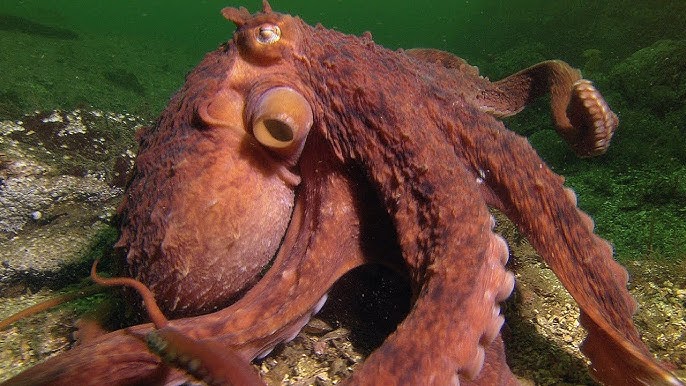
YouTube
The Giant Pacific Octopus doesn’t hibernate in the traditional sense, but it can dramatically reduce its activity when food is scarce. These marine creatures build dens and hoard food, conserving energy until conditions improve. By minimizing their movements and guarding their stash, these octopuses endure tough times with minimal effort—proving that sometimes, less really is more.
14. Gila Monster
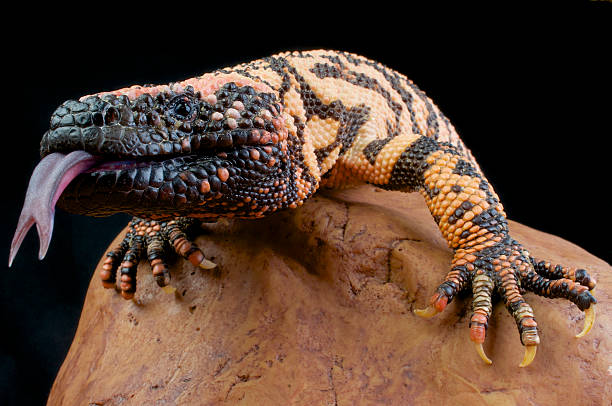
The Gila monster spends up to 95% of its life underground. During extreme heat or cold, it enters a dormant state, slowing its metabolism to survive without food for months. These venomous lizards are desert dwellers that emerge primarily during the rainy season, making the most of limited opportunities to feed and hydrate. Their ability to “switch off” when conditions are tough is a marvel of reptilian resilience.
15. Spotted Salamander
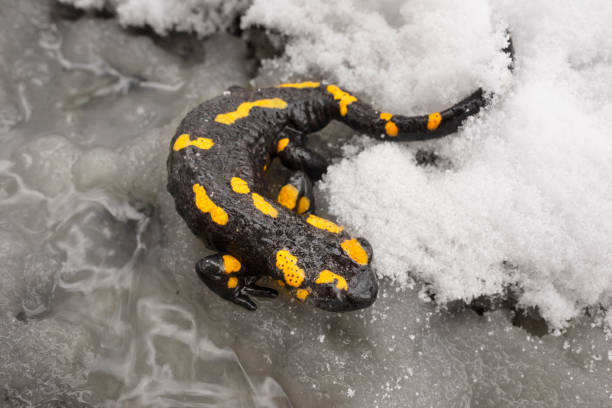
The Spotted salamander hibernates underground or beneath logs for up to seven months, escaping freezing temperatures. These amphibians can regenerate limbs, adding a layer of survival magic to their dormancy. If they lose a limb before hibernating, they can regrow it while resting—a feat that makes their winter slumber both restorative and remarkable.
16. American Black Bear
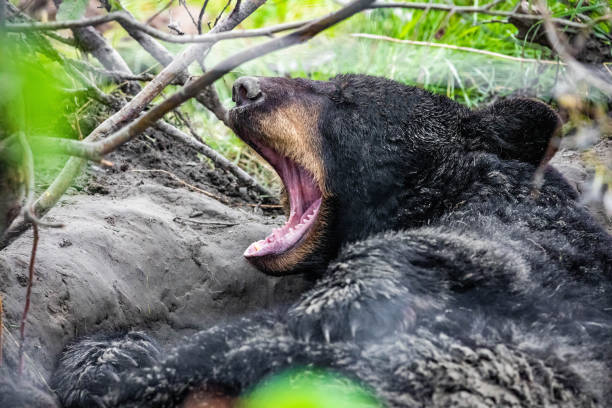
The American black bear is the poster child for hibernation, spending up to five months in dens while surviving on stored fat reserves. Bears don’t eat, drink, or even urinate during this time. Instead, their bodies recycle waste products into energy. When they emerge in spring, they’ve shed weight and are ready to forage and roam, making them icons of seasonal survival.
17. Cuban Tree Frog
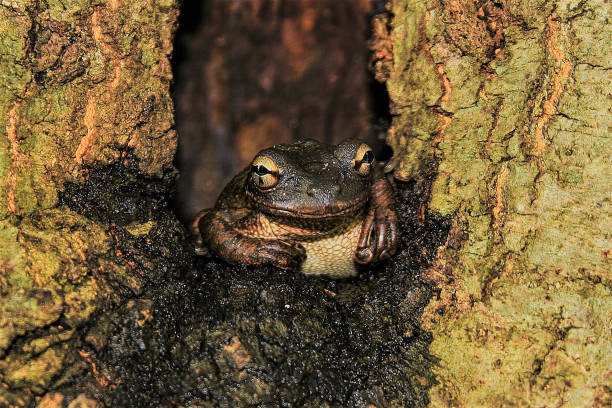
The Cuban tree frog survives cold winters and dry spells through hibernation and estivation. These amphibians bury themselves in leaf litter, soil, or tree holes, slowing their metabolism to survive months without food. Native to the Caribbean, they’ve become invasive in some regions, but their adaptability is undeniable—they’ve mastered survival in both swamps and suburban backyards.
18. New Zealand Geoduck Clam
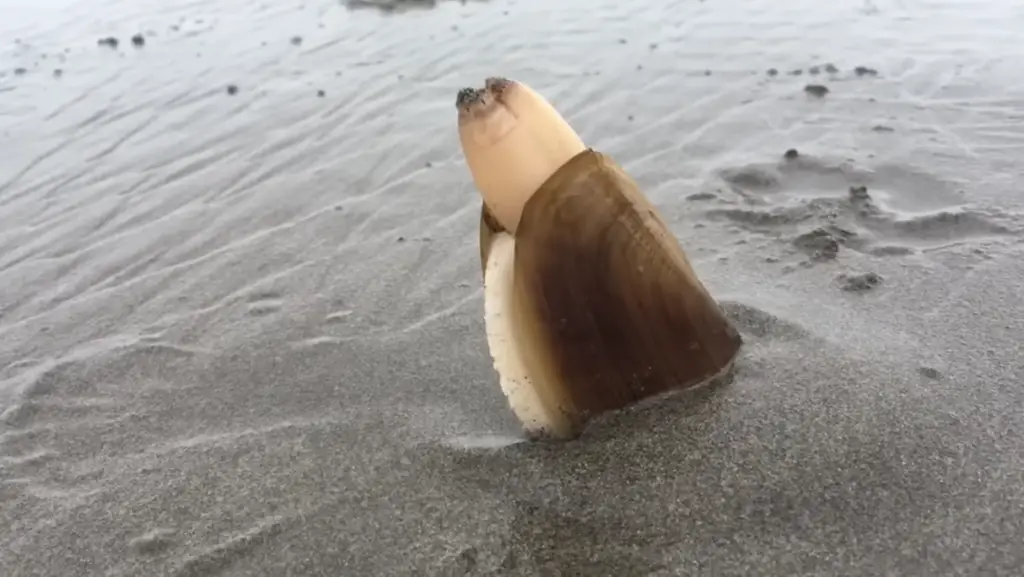
YouTube
This bizarre mollusk takes dormancy to extremes. The New Zealand geoduck clam, one of the longest-living animals on Earth, can burrow deep into the ocean floor and essentially “pause” its life. During harsh conditions, it slows its metabolism to an almost untraceable level, surviving for decades without significant activity. These clams can live over 100 years, spending much of their time buried and barely moving. They’re nature’s version of the ultimate procrastinator—perfectly content to sit out life until the environment improves.
19. Bristlecone Pine Beetle

Wikimedia Commons
Don’t let its small size fool you—this beetle is a survivalist extraordinaire. Found clinging to the ancient bristlecone pine trees in the Great Basin, it spends months hibernating inside bark during the brutal winter. During this time, its metabolic rate drops to almost nothing, allowing it to survive freezing temperatures. As soon as spring arrives, the beetle emerges ready to feast and reproduce. It’s a tiny powerhouse of dormancy, proving that even the smallest creatures can master extreme survival techniques.
20. Alpine Marmot
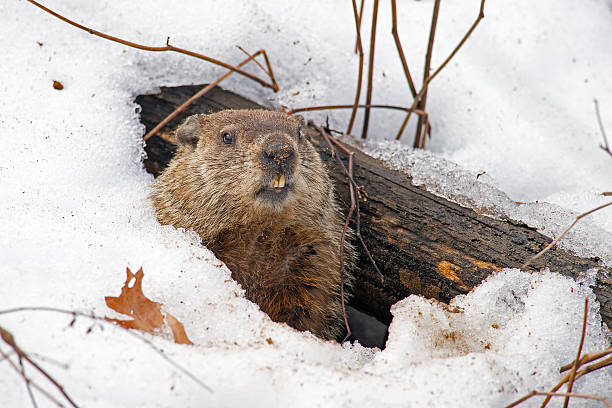
Alpine marmots don’t just nap—they throw a full-on family hibernation party! Found in the icy European Alps, these large rodents huddle together in burrows for warmth, sleeping for up to seven months. During this time, their body temperature drops dramatically, and their hearts slow to a near standstill. Their burrows, lined with hay and shared with relatives, act as a communal survival bunker. When spring arrives, they wake, stretch, and emerge from their snowy hideaways like they’re ready for a blockbuster debut.
These 20 animals prove that sometimes, the best survival strategy is a long nap. Whether they freeze, burrow, or slow their hearts to a near stop, their incredible adaptations are nothing short of miraculous. So, the next time you feel like spending a lazy day in bed, remember—you’re just following the lead of some of nature’s most fascinating creatures!


